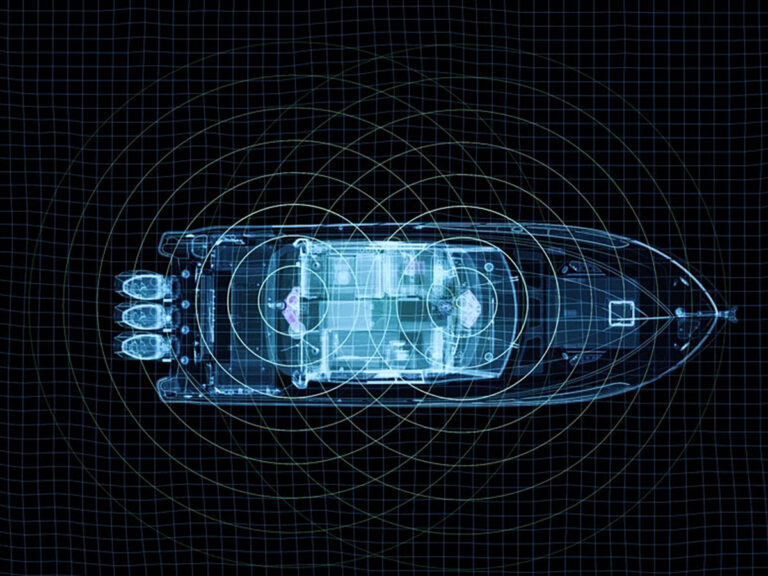
The maiden voyage for Triple J, the Pursuit S3 28 I had just bought, was a crossing to the Bahamas for spearfishing and fishing. We departed Stuart, Florida, for the 90-mile run to Little Grand Cay, an island next to famous Walker’s Cay. Our trip was successful, and we filled the coolers with fish and lobster.
Before crossing back to the states, we calculated how much fuel we’d need. I prefer to buy as little fuel in the Bahamas as possible due to past problems with contaminants and water. My boat nets approximately one mile per gallon and we were showing 125 gallons on the chart plotter fuel gauge. More than enough for a 90-mile run, plus reserves. Or, so I thought.
Thirty miles into our trip, the fuel gauge suddenly showed 58 gallons. We had 60 miles left to go! Slowing our speed proved to no avail. Getting more nervous with every mile, we soon realized we were going to run out of fuel short of our destination. Our hope was to make it close enough to shore to anchor.
Thirteen miles off St. Lucie Inlet the starboard engine suffered fuel starvation and stopped. Ten minutes later we lost the port engine. We were in 600 feet of water and drifting north with the Gulf Stream. We hailed Sea Tow and 45 minutes later it arrived.
I later learned that the fuel gauge on my chart plotter, which uses the tank fuel sender to display the fuel level is unreliable. Even though it had been calibrated at the factory, it is slow to calculate fuel and can vary by 20 or more gallons. The fuel-used meter on the Yamaha engine display proves more accurate. Now, I clear the fuel-used display after every trip and deduct that from my tank’s 300-gallon capacity. I am also now more conservative with reserve fuel estimates for long trips.
We were never in serious danger but it could have been worse had conditions not been favorable.
Jeff Shiver
St. Simons Island, Georgia
[Boat fuel gauges are often unreliable due to tank geometry, electrical problems and more. In any case, a secondary means to check fuel levels, such as engine fuel-used meters and simply keeping a log of fuel purchased and hours running are prudent actions. The old “Rule of Thirds” remains relevant: one third to go; one third to come back; one third in reserve. —Ed.]
Wanted: Your Stories
Share your boating mistakes and mishaps so that your fellow boaters might learn from your experience. Send us your first-person accounts, including what went wrong, what you’d do differently, your name and your city, to editor@boatingmag.com and use “ILAB” in the subject line. If your story is selected for publication, we’ll send you a $100 West Marine Gift Card!”









